Electric furnace transformers are key equipment in modern industrial production and are widely used in electric arc furnaces (EAF), ladle refining furnaces (LMF), resistance furnaces, induction furnaces, etc. As a transformer specifically used for electric furnace equipment, Evernew electric furnace transformers provide efficient power conversion and transmission solutions for global industrial customers with their excellent performance and reliability.
What is an electric furnace transformer
An electric furnace transformer is a special transformer designed for electric furnaces. Its main function is to convert high-voltage power into low-voltage and high-current suitable for electric furnaces, providing the required electrical energy for industrial processes such as smelting, heating, and alloy processing.
Application areas of electric furnace transformer
- Electric Arc Furnace (EAF): Used in steel production, melting metal scrap into liquid steel through a high-temperature electric arc.
- Ladle Refining Furnace (LMF): Provides precise temperature control and electrical energy support during the steel refining process.
- Resistance Furnace: Mainly used in heat treatment and sintering processes, providing stable temperature control.
- Induction Furnace: Used for heating and melting metals, widely used in casting and smelting industries.
Read more Transformer:1000 KVA 10KV Substation Transformer
Parameter Characteristics of Electric Furnace Transformer
Working Principle of Electric Furnace Transformer
Basic Working Principle
Electrical characteristics of electric furnace transformer
Thermal management principle of electric furnace transformers
Types of Electric Furnace Transformer
Electric Furnace Transformer Shipment
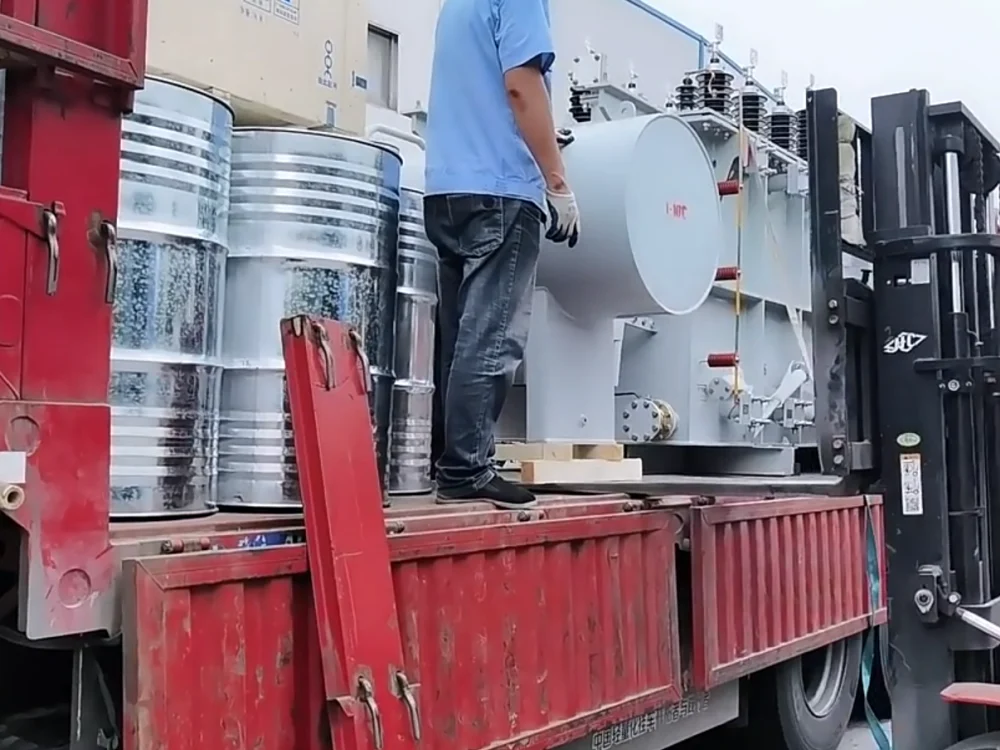
Voltage Regulation Methods for Electric Furnace Transformer
On-Load Tap Changer (OLTC)
The On-Load Tap Changer (OLTC) function allows the transformer to adjust the voltage while under load, ensuring a stable power supply to the electric furnace under varying operational conditions. This type of voltage regulation is suitable for industrial applications where frequent voltage adjustments are required, offering flexibility and continuous operation without the need to disconnect the load.
Off-Load Tap Changer (NLTC)
Off-Load Tap Changer (NLTC) voltage regulation is typically performed when the equipment is shut down, making it suitable for scenarios where voltage adjustments are infrequent. The advantages of NLTC include a simpler structure and lower cost, though it lacks the flexibility of on-load tap changers. This method is often used in applications where stability is maintained without the need for frequent voltage changes.
Automatic Voltage Regulation
With the advancement of industrial automation, automatic voltage regulation technology is becoming increasingly widespread. Automatic voltage regulation systems can adjust the output voltage based on load variations, ensuring the stable operation of electric furnaces. This method enhances efficiency and reliability, particularly in modern industrial settings where dynamic adjustments are necessary to maintain optimal performance.
These voltage regulation methods are crucial for the efficient and safe operation of electric furnace transformers, allowing them to adapt to various industrial demands and ensuring consistent performance in diverse operational environments.
Main Components of Electric Furnace Transformers
- Core: High-quality silicon steel for low loss and high efficiency.
- Windings: High-temperature resistant, anti-oxidation materials for durability.
- Oil Tank: Stores insulating oil and dissipates heat through cooling fins.
- Cooling System: Includes fins, fans, and oil pumps to prevent overheating.
- Voltage Regulation Device: On-load and off-load tap changers for stable voltage.
- Protection Devices: Explosion-proof and overvoltage protection.
- Connection Terminals: High-voltage and low-voltage terminals for stable power transmission.

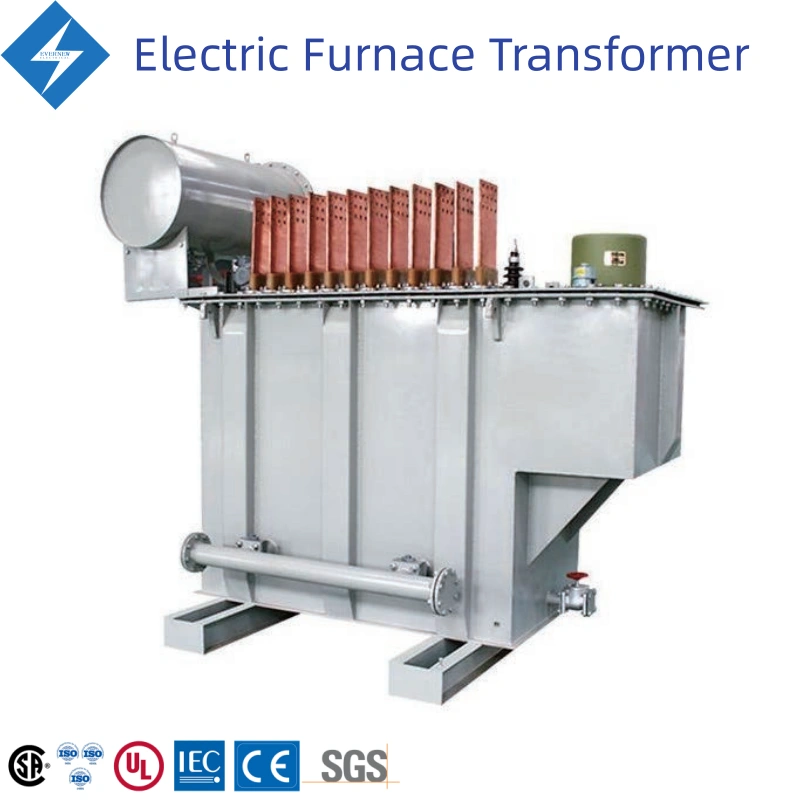






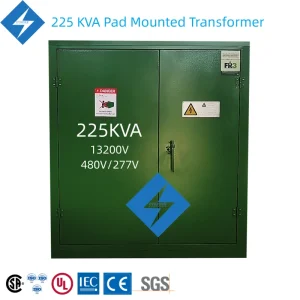
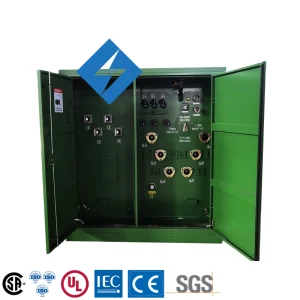
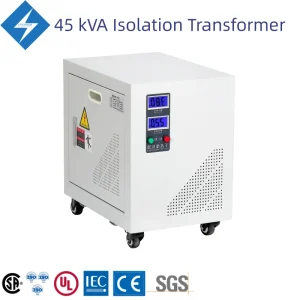
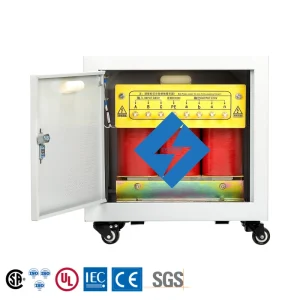
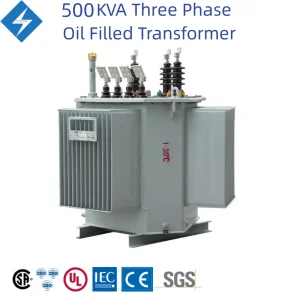
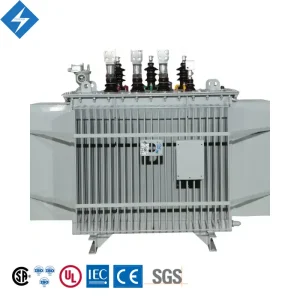
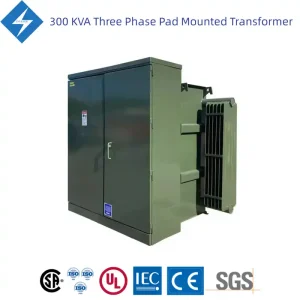
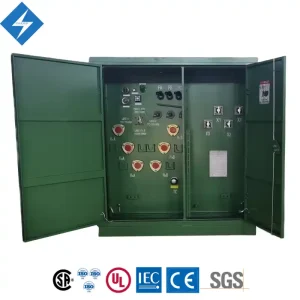
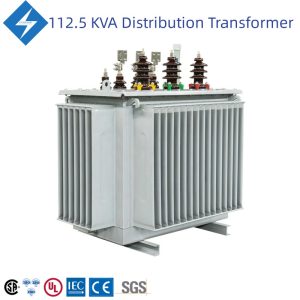
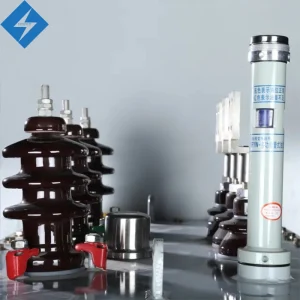

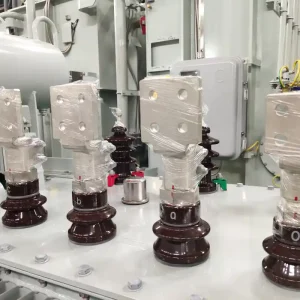
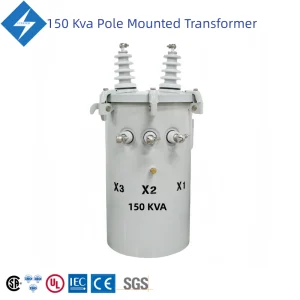
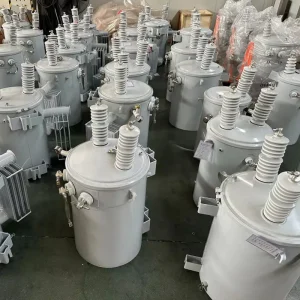
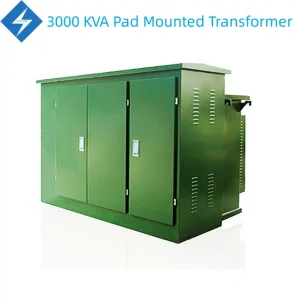
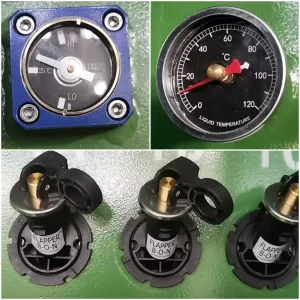
المراجعات
لا توجد مراجعات بعد.